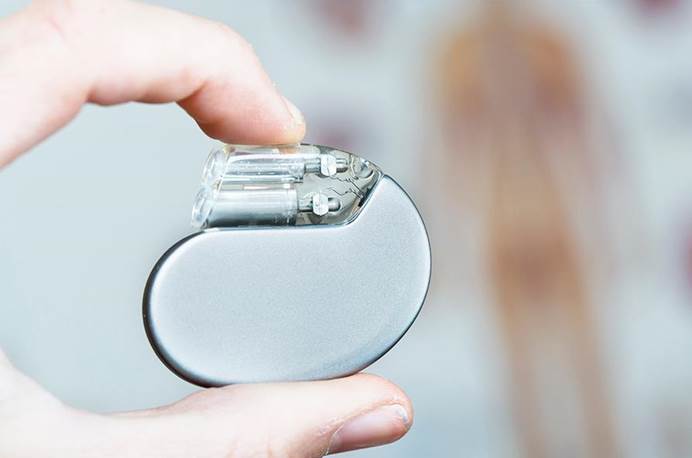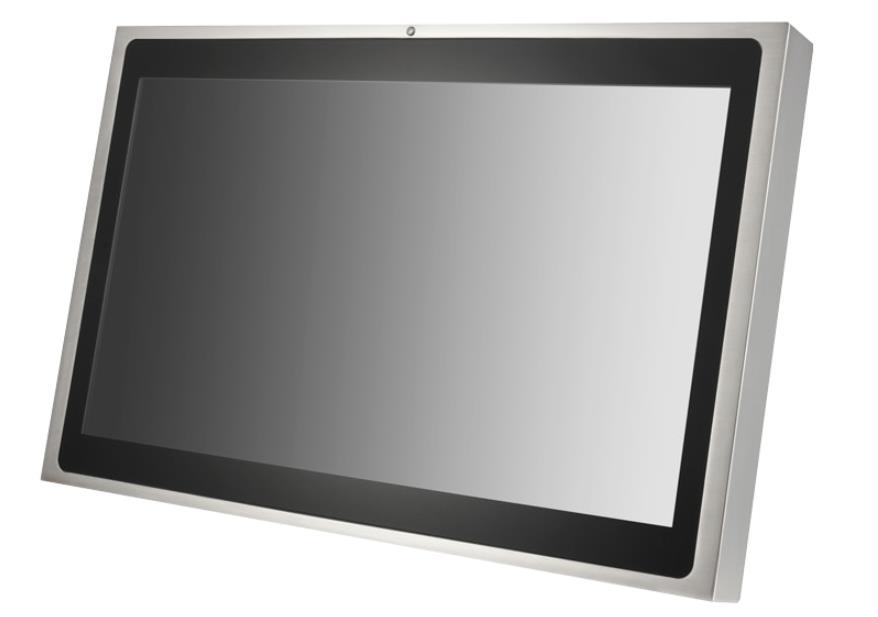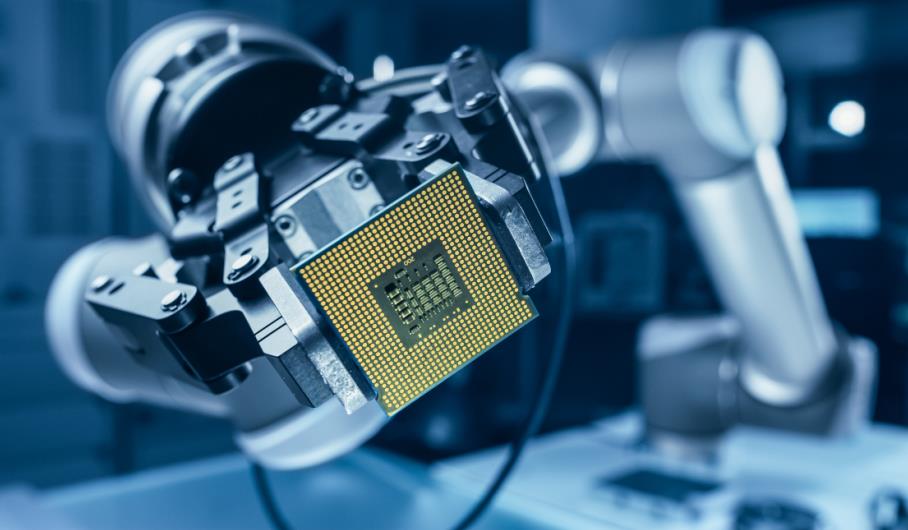The medical industry has seen a rapid evolution over the past few decades, driven largely by advances in electronic components. These components are integral to a wide array of medical devices that enhance diagnostic capabilities, improve patient care, and streamline medical procedures. From complex imaging systems to wearable health monitors, electronic components enable innovations that save lives and improve quality of life. This blog will explore the critical applications of electronic components in the medical field and how they are shaping the future of healthcare.
1. Diagnostic Imaging Systems
Enhancing Imaging Accuracy
Diagnostic imaging systems, such as MRI machines, CT scanners, and X-ray machines, are some of the most critical tools in modern medicine. These machines rely heavily on electronic components to operate effectively. For example, in MRI machines, radiofrequency (RF) coils, amplifiers, and analog-to-digital converters (ADCs) are essential for creating detailed images of internal structures. The precision of these components determines the clarity and accuracy of the diagnostic images, which are crucial for detecting diseases and planning treatments in medical industry.
In CT scanners, advanced signal processing electronics allow for faster image acquisition and better resolution, enabling physicians to diagnose conditions with greater confidence. Additionally, innovations in semiconductor technology have led to the development of more compact and energy-efficient imaging devices, making them more accessible to smaller clinics and remote locations.
Portable Ultrasound Devices
Portable ultrasound devices, which have become increasingly popular in recent years, also rely on sophisticated electronic components. These medical devices use piezoelectric transducers to convert electrical energy into sound waves and vice versa. The efficiency and durability of these transducers directly impact the quality of the ultrasound images. Thanks to miniaturized electronic components, portable ultrasound machines are now more affordable and accessible, enabling healthcare professionals to provide diagnostic services in rural or underserved areas.
2. Wearable Health Monitors
Revolutionizing Patient Monitoring
Wearable health monitors are among the most transformative innovations in healthcare. These devices allow continuous monitoring of vital signs, such as heart rate, blood pressure, and oxygen levels, enabling early detection of health issues. Central to the functionality of these wearables are sensors, microcontrollers, and communication modules.
For instance, photoplethysmography (PPG) sensors, which are commonly used in smartwatches and fitness trackers, detect changes in blood volume by shining light through the skin and measuring the reflected light. These sensors require precise electronic control to provide accurate and reliable data. The integration of low-power microcontrollers and Bluetooth modules enables real-time data transmission to mobile devices, allowing patients and doctors to monitor health trends over time.
Managing Chronic Conditions
Wearable devices are also used to manage chronic conditions such as diabetes. Continuous glucose monitors (CGMs) use tiny sensors placed under the skin to measure glucose levels in real-time. The data is transmitted to a receiver or smartphone, where patients can track their glucose levels and adjust their insulin doses accordingly. The accuracy and reliability of CGMs depend on advanced electronics that process and transmit data with minimal latency.
Another example is the development of wearable defibrillators, which continuously monitor heart rhythms and deliver a shock if a life-threatening arrhythmia is detected. These life-saving devices incorporate sensors, capacitors, and batteries that must function flawlessly to prevent sudden cardiac arrest.
3. Implantable Medical Devices
Enhancing Quality of Life
Implantable medical devices, such as pacemakers, cochlear implants, and neurostimulators, have revolutionized treatment for patients with chronic conditions. These medical devices rely on miniaturized electronic components to perform complex functions while remaining safe for long-term implantation.
Pacemakers, for example, use microprocessors and sensors to monitor heart activity and deliver electrical pulses to maintain a regular heartbeat. The reliability of these devices is paramount, as any malfunction could be life-threatening. Advances in battery technology and power management circuits have extended the lifespan of pacemakers, reducing the need for frequent surgical replacements in medical industry.
Cochlear implants, which restore hearing for individuals with severe hearing loss, consist of an external microphone and an internal receiver that converts sound into electrical signals. These signals stimulate the auditory nerve, allowing the user to perceive sound. The precision of the electronic components within cochlear implants determines the quality of sound perception, directly impacting the user's quality of life.
Neurostimulation for Pain Management
Neurostimulators, which are used to manage chronic pain, also rely on sophisticated electronics. These medical devices deliver electrical impulses to specific nerves or regions of the brain, interrupting pain signals. The control circuits within neurostimulators must be highly accurate to target the correct nerve pathways and deliver the appropriate level of stimulation. Additionally, the implants must be designed to minimize energy consumption while maximizing battery life, ensuring that patients can benefit from long-term pain relief without frequent interventions.
4. Robotic Surgery and Minimally Invasive Procedures
Precision and Control in Surgery
The rise of robotic surgery has been one of the most exciting developments in modern medicine. Robotic surgical systems, such as the da Vinci Surgical System, allow surgeons to perform complex procedures with greater precision and control than traditional methods in medical industry. These systems are powered by a range of electronic components, including motors, sensors, and actuators, that enable fine movements and real-time feedback.
The success of robotic surgery depends on the reliability and responsiveness of these electronic components. For example, force sensors embedded in robotic arms allow surgeons to feel the pressure they are applying, reducing the risk of tissue damage. High-resolution cameras and imaging sensors provide surgeons with a clear view of the surgical field, while advanced control algorithms ensure smooth and accurate movements.
Minimally Invasive Procedures
Minimally invasive procedures, such as laparoscopic surgery, have also benefited from advancements in electronic components. Laparoscopic instruments often incorporate cameras, LCDs, and miniaturized motors, allowing surgeons to perform operations through small incisions. The precision of these components enables delicate procedures to be performed with minimal damage to surrounding tissues, resulting in faster recovery times and reduced risk of complications for patients.
5. Future Trends: AI and IoT Integration
Artificial Intelligence in Medical Devices
As artificial intelligence (AI) becomes more integrated into healthcare, electronic components will play an even larger role in enabling intelligent medical devices. AI-powered devices, such as smart imaging systems and predictive analytics tools, require powerful processors and data storage solutions to analyze large datasets in real-time. These advancements will allow for more accurate diagnoses, personalized treatment plans, and better patient outcomes.
The Internet of Medical Things (IoMT)
The Internet of Medical Things (IoMT) is another emerging trend that will reshape healthcare. IoMT refers to the interconnected network of medical devices that communicate with each other and with healthcare providers. This network relies on electronic components such as sensors, wireless communication modules, and cloud computing infrastructure to collect, transmit, and analyze health data in medical industry. The integration of IoMT will enable more proactive and remote healthcare, reducing the burden on hospitals and improving patient care.
Conclusion
The role of electronic components in the medical field cannot be overstated. From diagnostic imaging and wearable health monitors to implantable devices and robotic surgery, electronic components are at the heart of modern healthcare innovations. As technology continues to advance, we can expect even more breakthroughs that will improve patient outcomes and transform the way healthcare is delivered. By investing in high-quality electronic components and staying at the forefront of technological trends, medical device manufacturers can continue to drive progress and save lives in medical industry.
Any question or inquiry, pls feel free to contact us: [email protected]
For more LCDs and ICs, pls visit: www.andesource.com













